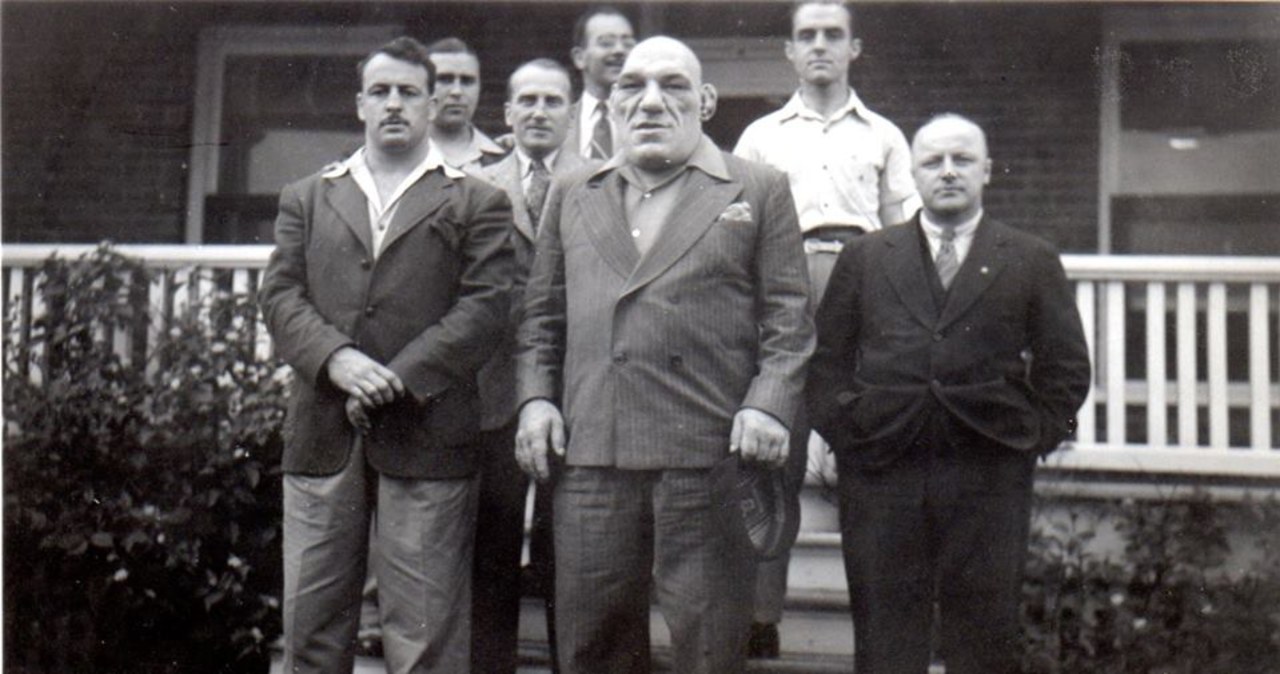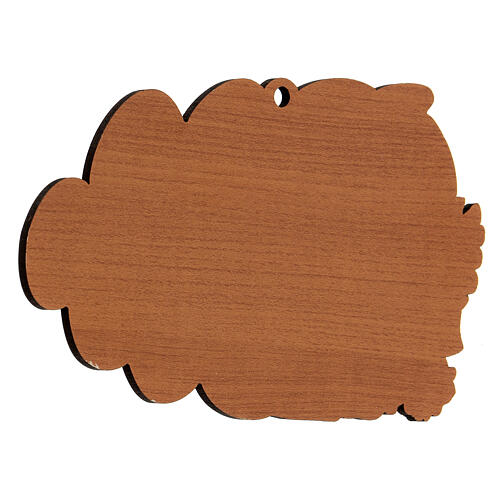The phrase "French Angel" evokes a profound resonance within the domains of art, culture, and spirituality, captivating the minds of many across generations. This article embarks on an in-depth exploration of the French angel, delving into its historical roots, cultural importance, and its lasting influence on art and spirituality. Embracing the French angel extends beyond mere acknowledgment of a religious figure; it invites an appreciation of its pivotal role in the expansive tapestry of French culture and artistic expression.
Through this comprehensive journey, we will trace the origins of the French angel, examine its manifestations across various art forms, and explore its relevance in today's world. Our aim is to offer a detailed examination of how these celestial beings have shaped historical narratives and inspired modern interpretations. Whether you are an art aficionado, a history enthusiast, or simply curious about cultural symbols, this article provides a thorough overview of the French Angel.
From the awe-inspiring cathedrals of France adorned with angelic imagery to the deeper symbolism behind these depictions, the French angel serves as a vital link between the divine and the earthly realms. Come along as we set forth on this enlightening expedition to uncover the significance of the French Angel in French heritage and its global influence.
Read also:Exploring The Legacy Of Cochise Steele Burrows
Table of Contents
- 1. The Origins of the French Angel
- 2. Iconography and Representation
- 3. The French Angel in Literature and Music
- 4. The Role of Angels in French Religion
- 5. Celebrated French Angels in Art
- 6. Modern Perspectives on the French Angel
- 7. The French Angel as a Cultural Emblem
- 8. Conclusion: The Timeless Legacy of the French Angel
1. The Origins of the French Angel
The idea of angels has persisted for centuries, rooted in diverse religious traditions. In France, the concept of the angel is deeply intertwined with its storied history of Christianity, especially during the Middle Ages. The term "French Angel," which translates to "francuski anioł," signifies not only a spiritual figure but also a cultural icon of immense significance.
Historically, angels were revered as divine messengers, playing crucial roles in biblical narratives. Within the French context, they were often envisioned as protectors, guiding and safeguarding individuals and communities. This belief laid the foundation for their depiction in art, architecture, and literature throughout French history, establishing them as enduring symbols of faith and culture.
2. Iconography and Representation
The portrayal of the French angel has undergone significant evolution over the centuries, reflecting changes in artistic techniques and theological interpretations. Traditionally, angels are depicted as ethereal beings with wings, adorned in flowing robes, symbolizing purity, divinity, and transcendence.
2.1 Artistic Movements
Throughout different eras, such as the Gothic and Baroque periods, the representation of angels has varied considerably:
- Gothic Art: Characterized by elongated forms and elaborate details, angels in Gothic art often exuded grace and spirituality, serving as celestial intermediaries.
- Baroque Art: Known for its dramatic expressions and dynamic movement, Baroque angels were frequently portrayed in action-packed poses, conveying a sense of vitality and emotional depth.
2.2 Symbolic Significance
In French art, angels are more than mere decorative elements; they carry profound symbolic meanings, often representing themes such as:
- Divine Intervention: Angels are seen as intermediaries between the divine and humanity, symbolizing hope, guidance, and spiritual connection.
- Protection: Numerous artworks depict angels as guardians, offering solace and security in an uncertain world, reinforcing their role as protectors.
3. The French Angel in Literature and Music
Beyond the realm of visual arts, the concept of the French angel has permeated literature and music, profoundly influencing countless works throughout history. Writers and composers have drawn inspiration from the angelic figure, exploring themes of love, hope, redemption, and the human condition.
Read also:Exploring The Diddy Clone Phenomenon Influence Imitation And The Future Of Hiphop
3.1 Literary Works
Many French authors have integrated angels into their narratives, using them as metaphors for moral guidance or spiritual awakening. Notable examples include:
- Victor Hugo: In his masterpiece "Les Misérables," the figure of the angel embodies mercy and forgiveness, offering a glimmer of hope in the face of adversity.
- Paul Verlaine: His poetic verses often celebrate the ethereal beauty of angels, interweaving them with themes of love, longing, and transcendence.
3.2 Musical Inspirations
In the world of music, the French angel has inspired compositions ranging from classical symphonies to contemporary songs. Renowned composers like Gabriel Fauré and Claude Debussy have infused their works with angelic themes, evoking a sense of serenity and transcendence, connecting listeners to a higher spiritual realm.
4. The Role of Angels in French Religion
Within the framework of French religion, particularly within the Catholic faith, angels occupy a significant place, serving as spiritual guides and protectors. They are frequently invoked in prayers and rituals, symbolizing divine assistance and protection.
4.1 Saints and Angels
Catholic tradition often links angels with saints, creating a network of spiritual guardians. For example:
- Saint Michael: Revered as a protector against malevolent forces, Saint Michael is celebrated as a symbol of courage and divine strength.
- Saint Gabriel: Renowned as a messenger, Saint Gabriel is associated with significant announcements, such as the Annunciation, embodying the role of divine communication.
4.2 Festivals and Celebrations
Various festivals in France honor angels, especially during religious observances. These events often feature processions, art displays, and performances, highlighting angelic figures and reinforcing their central role in the spiritual life of the community.
5. Celebrated French Angels in Art
Throughout history, countless artists have immortalized the image of the French angel in their creations. These masterpieces not only showcase exceptional artistic talent but also convey deep spiritual messages, resonating with viewers across time.
5.1 Renowned Artists
Some of the most celebrated French artists who have depicted angels include:
- François Boucher: Known for his Rococo style, Boucher's paintings often feature cherubic angels exuding innocence and charm, capturing the essence of beauty and grace.
- Henri Matisse: In his later works, Matisse explored abstract representations of angels, emphasizing their emotional and spiritual dimensions, offering a modern interpretation of their significance.
5.2 Iconic Artworks
Several iconic works featuring angels have become emblematic of French art, leaving an indelible mark on the cultural landscape:
- The Angelus by Jean-François Millet: This painting captures a poignant moment of prayer, symbolizing the connection between the earthly and the divine, resonating with viewers on a spiritual level.
- Angel of the Annunciation by Gustave Moreau: This artwork presents a dramatic interpretation of the angelic visitation, characterized by intricate details and rich symbolism, inviting viewers to contemplate the divine message.
6. Modern Perspectives on the French Angel
In contemporary society, the image of the French angel continues to evolve, reflecting modern beliefs and artistic expressions. Today, angels are often viewed through a secular lens, symbolizing hope, guidance, and inspiration, resonating with individuals across diverse cultures.
6.1 Angels in Popular Culture
Modern films, literature, and music frequently reference angels, portraying them in varied and innovative ways:
- Films: Movies like "City of Angels" explore the intricate relationship between humans and angels, challenging traditional boundaries and offering fresh perspectives on the divine.
- Literature: Contemporary authors incorporate angels as complex characters, challenging conventional beliefs and presenting them as beings with human-like qualities, fostering deeper engagement and reflection.
6.2 Spiritual Movements
Various spiritual movements have embraced the concept of angels, promoting the idea of personal guardians and spiritual guides. This modern perspective encourages individuals to seek connection and guidance from these celestial beings, offering a sense of comfort and reassurance in an increasingly complex world.
7. The French Angel as a Cultural Emblem
The French angel transcends its religious origins to become a powerful cultural symbol. In art, literature, and popular media, angels represent ideals of beauty, hope, and protection, resonating with audiences across the globe.
7.1 Angels in Festivals and Celebrations
In France, angels are frequently featured in cultural festivals, where they symbolize prosperity, joy, and unity. These celebrations reflect the enduring legacy of the angelic figure in French society, reinforcing its cultural significance and universal appeal.
7.2 The Global Influence of the French Angel
The image of the French angel has influenced cultures worldwide, inspiring artists, writers, and musicians across different continents. Its universal appeal highlights the angel's role as a symbol of hope, unity, and spiritual connection, bridging diverse cultures and fostering a shared sense of wonder and inspiration.
8. Conclusion: The Timeless Legacy of the French Angel
As we conclude this exploration of the French angel, it becomes evident that its significance extends far beyond its religious origins. The French angel serves as a timeless symbol of beauty, hope, and protection, resonating with individuals across cultures and generations. Its enduring legacy in art, literature, and spirituality underscores its profound impact on human culture, offering a source of inspiration and connection in an ever-changing world.


